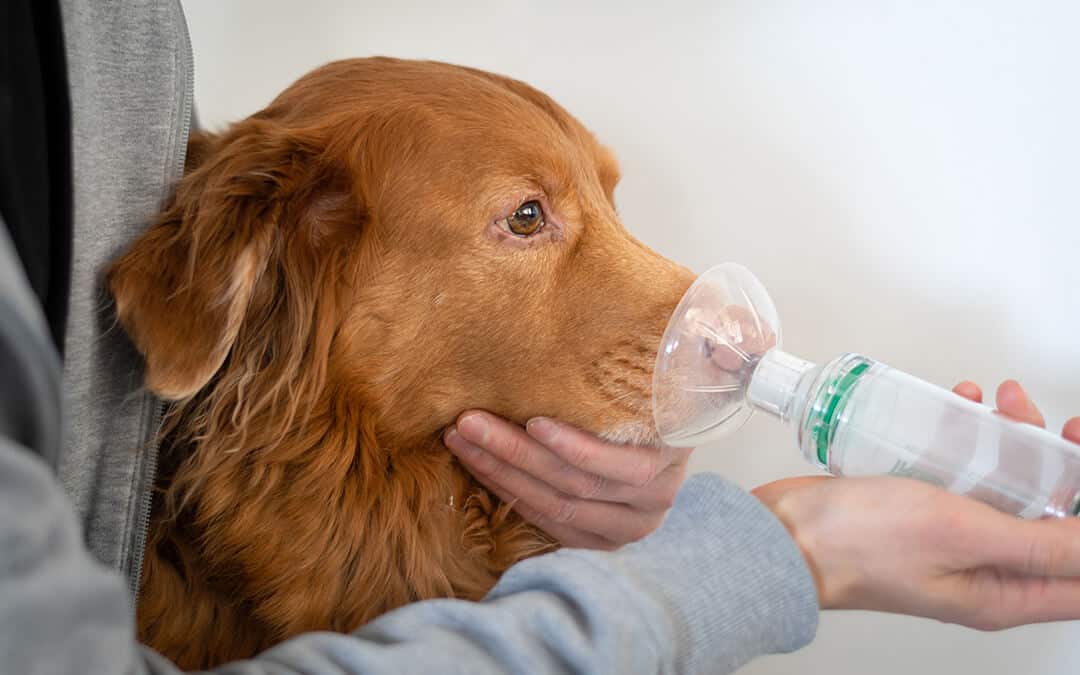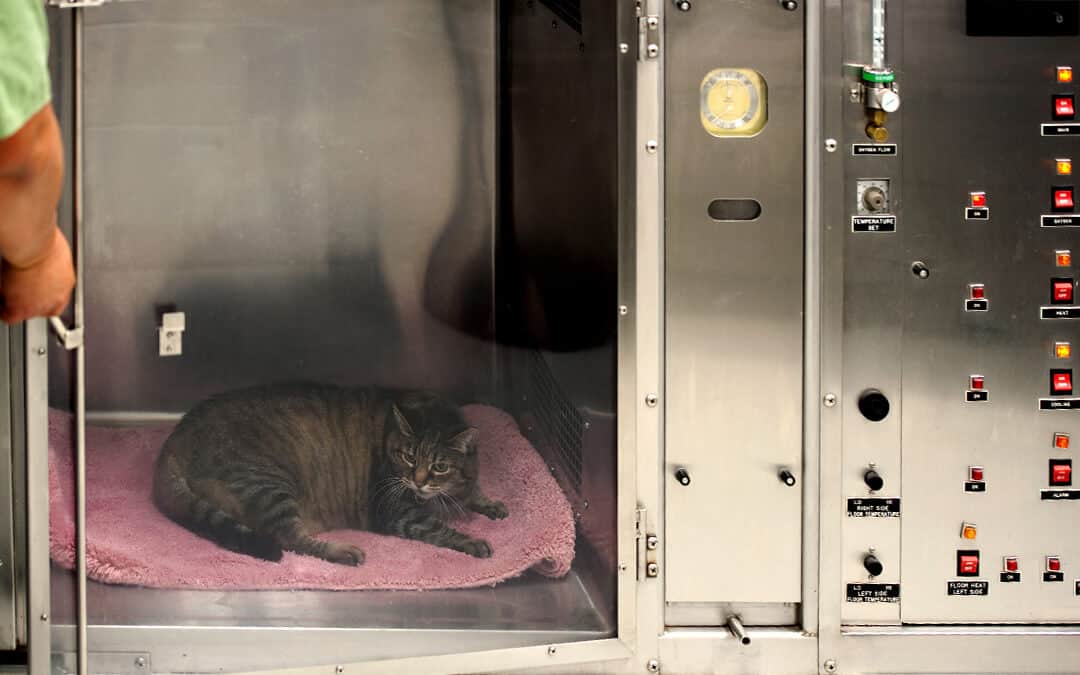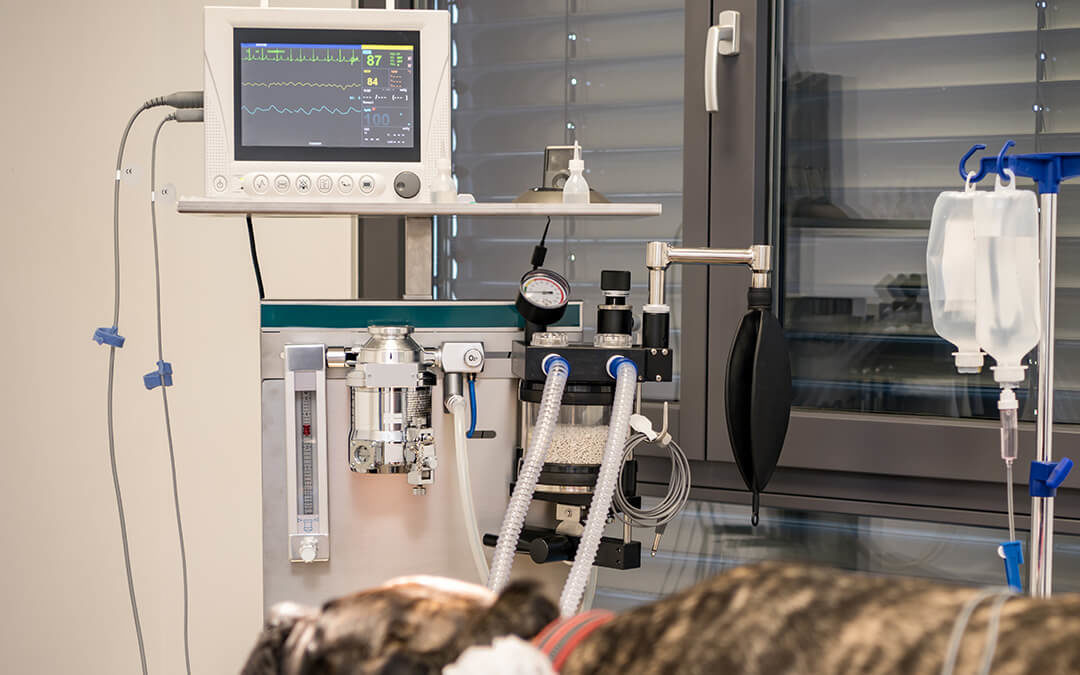Your pet is a part of your family. From food to care, you give them the best so that they can live a long and healthy life. But sometimes, our pets get sick or need medical assistance. Just like we go to the doctor, veterinarians are there to help your pet get better. And depending on your pet’s needs, a vet might suggest a procedure that requires medical-grade gases like nitrogen and oxygen to get your animal friend healthy again.
Tools
Veterinary clinics often have high-quality power tools on hand, similar to those of a hospital. Similar to the tools of a surgeon, vet tools can be powered by compressed air or nitrogen. Typical gas-powered tools that vets use include dental and surgical tools. These kinds of tools are preferred since they are safer to use with animals than electric tools.
The oxygen used in vet practices consists of purified compressed air and is very similar to nitrogen in pressure, dryness and cleanliness. Air and gas cleanliness is very important when it comes to surgical tools since the air that flows through the pipes can be used to clean open wounds during surgery.

Surgery
Aside from powering medical tools, nitrogen is also essential in a specific type of surgery. Cryosurgery is used to treat skin conditions and cancers in humans. In pets, this type of surgery is typically used to treat tumors or lesions where the animal is constantly biting or scratching or in hard-to-reach places. Commonly performed using liquid nitrogen, the cryosurgery process freezes tissue instantly and removes warts, small cysts and other issues. But due to the fact that cryosurgery can be painful, it is almost always performed under anesthesia.
Another great use of liquid nitrogen in veterinary practices is a cryo chamber. This chamber is used for older pets and helps to treat inflammation, joint pain and skin disorders. The sub-zero temperatures of the chamber, which use liquid nitrogen, help initiate blood flow to promote healing.
Anesthesia
From major surgery to smaller procedures, anesthesia is widely used in veterinary clinics to keep pets pain-free during their treatments. During these procedures, the anesthesia machine ensures that the patient is getting enough oxygen, along with the actual anesthetic. The process consists of oxygen flowing through a vaporizer, which then picks up the anesthetic gases and goes through the tubing, delivering the needed air into the patient’s lungs.
Supplemental Oxygen & Hyperbaric Oxygen Therapy
Just like humans, animals can develop oxygen-limiting illnesses. Thankfully, oxygen gas is widely used to help alleviate respiratory conditions and to stabilize patients. Often, supplemental oxygen is used to keep a patient comfortable until a diagnosis is delivered. And for illnesses that require higher levels of oxygen, hyperbaric oxygen therapy (HBOT) can be used.

This therapy involves the use of an airtight chamber, with the patient placed inside of it for treatment. These chambers come with liquid oxygen tanks and pressure tubes, which allow veterinarians to monitor the pressure and oxygen levels in the chamber. Generally, treatment lasts about one to two hours and is performed twice a day for several days. Some of the most common conditions treated with HBOT include anemia, pneumonia, and congestive heart failure. This type of treatment has also been used to treat swelling and speed up healing as a postoperative therapy.
Medical oxygen and nitrogen have allowed veterinary clinics to greatly expand their services and range of treatments to keep pets healthy. To help local Southern California veterinary practices stay stocked with the highest-quality gases, CalOx provides our clients with medical-grade nitrogen and oxygen. No matter what type of patients you’re treating, you can rely on us to supply you with the quality gases you need. Contact us today for a quote for a veterinary medical gas system for your clinic or hospital!
